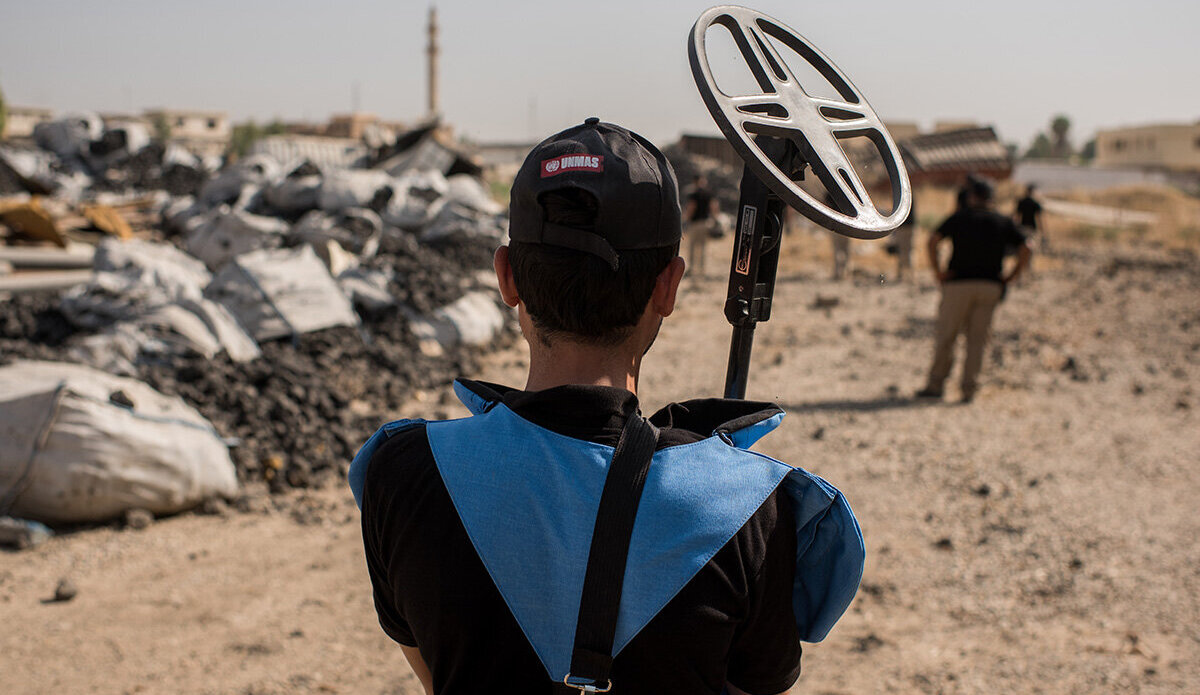The Government of Iraq viewed rehabilitation of infrastructure contaminated with explosives during the conflict with the Islamic State of Iraq and the Levant (ISIL) as a prerequisite to socioeconomic recovery and political stability, which, in turn, established a need for the mine action community to deploy qualified, certified clearance teams as quickly as possible. UNMAS Iraq through its (1) evidence-based analysis and measurement of data and (2) effects-based approach to clearance delivery introduced a low cost, high return business model. This model offered a more efficient approach when compared to previous like-for-like models, in addition to providing useful tool sets applicable for other locations and conditions similar to those found in Iraq.
Publication: The Journal of Conventional Weapons Destruction. Issue 25.1
Publication date: September 2021
About the author:
Mark Wilkinson, Ph.D, an UNMAS (Iraq) Senior Operations Manager, has twenty years of professional experience in military and humanitarian mine action. His academic background includes a master’s degree in global security and a Ph.D. in politics and international studies. He is also a Visiting Fellow at the University of Nottingham Centre for Conflict, Security and Terrorism where he maintains an active research agenda.


